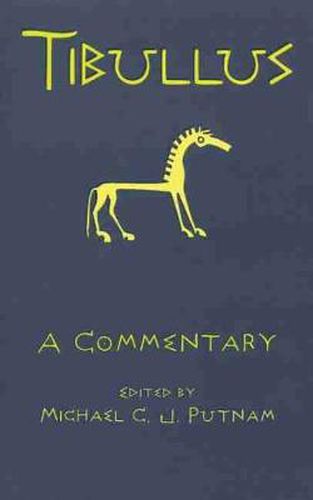Readings Newsletter
Become a Readings Member to make your shopping experience even easier.
Sign in or sign up for free!
You’re not far away from qualifying for FREE standard shipping within Australia
You’ve qualified for FREE standard shipping within Australia
The cart is loading…






The work of the Latin elegiac poet Tibullus (c. 55-19 b.c.) is characterized by an artful, witty
simplicity,
and it relies on repetition, ambiguity, irony, and paradox for its effect. His poetry appealed to his countrymen in his own time, as it still does to students today, and this textbook is designed to explain and enhance that appeal.The commentary presented here is limited to the sixteen poems which comprise the first two books of the corpus Tibullianum, that is, to poems authentically by Tibullus. The notes focus on the needs of students approaching Latin elegy for the first time, but they will also prove useful to the more experienced student of Latin or to scholars in other languages. The editor has tried to balance matters of fact with occasional fresh interpretations. One introduction records what is known of the poet’s life and discusses the rise of Latin elegy. The meter of the poems is explained, and Tibullus’ style is examined.
$9.00 standard shipping within Australia
FREE standard shipping within Australia for orders over $100.00
Express & International shipping calculated at checkout
The work of the Latin elegiac poet Tibullus (c. 55-19 b.c.) is characterized by an artful, witty
simplicity,
and it relies on repetition, ambiguity, irony, and paradox for its effect. His poetry appealed to his countrymen in his own time, as it still does to students today, and this textbook is designed to explain and enhance that appeal.The commentary presented here is limited to the sixteen poems which comprise the first two books of the corpus Tibullianum, that is, to poems authentically by Tibullus. The notes focus on the needs of students approaching Latin elegy for the first time, but they will also prove useful to the more experienced student of Latin or to scholars in other languages. The editor has tried to balance matters of fact with occasional fresh interpretations. One introduction records what is known of the poet’s life and discusses the rise of Latin elegy. The meter of the poems is explained, and Tibullus’ style is examined.